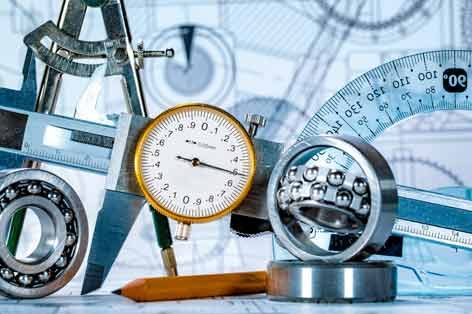Games depend on a physics engine or game engine to provide the laws of physics to the game. The purpose of a physics engine is to make the effects appear more realistic to the observer or player. Typically, simulation physics is only a close approximation to actual physics. One of the key focus areas of the game engine is to simulate Newtonian physics within the game environment. Collision detection is another important concept, which is used to solve the problem of determining when two or more objects in the environment cross each other’s path.
This exciting course covers Newton’s laws, equations of motion, basic concepts of velocity, displacement, acceleration, forces, gravity-free body diagrams, inclined planes, momentum, collisions, impact, and spring. Basic Math concepts are also covered in geometry and trigonometry. Students will learn a tremendous amount of physics in an applied manner and write computer programs to implement various algorithms applicable to games that leverage physics. This is an advanced course that goes beyond just simple animations and basic Scratch programs. The concepts learned in this course will transform an aspiring game programmer into a knowledgeable one.


